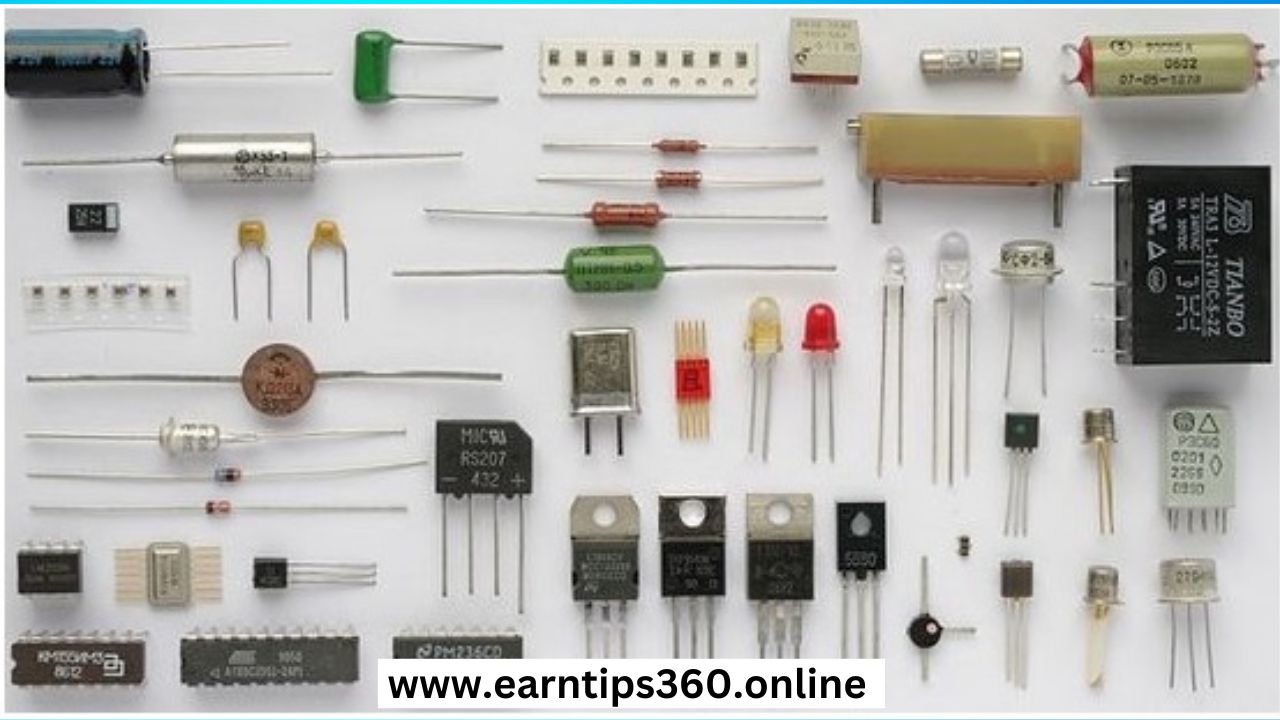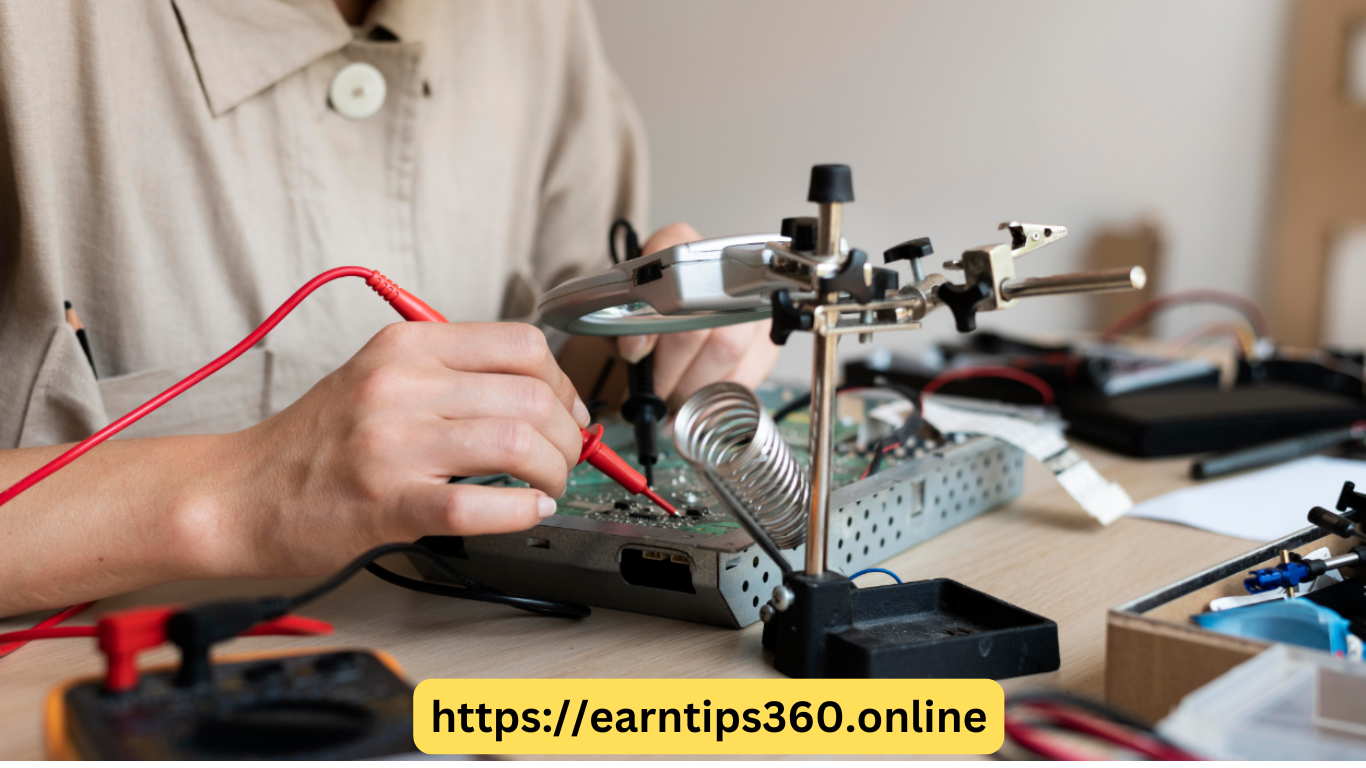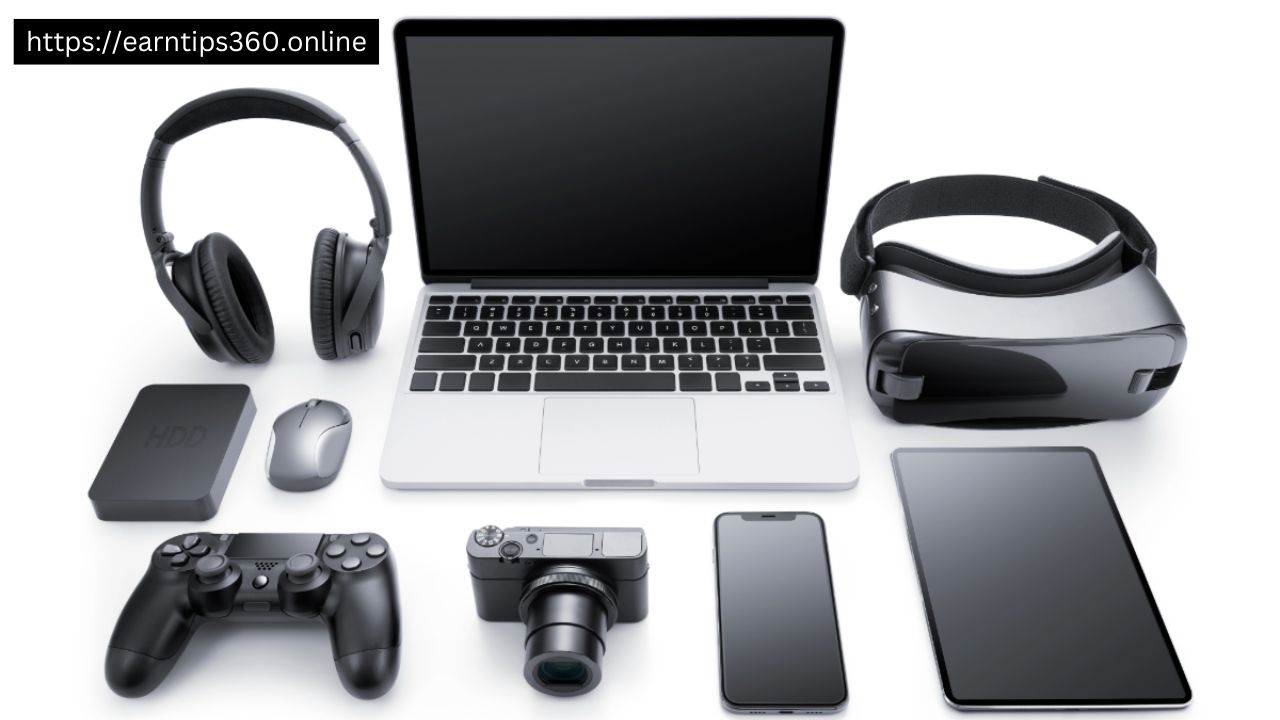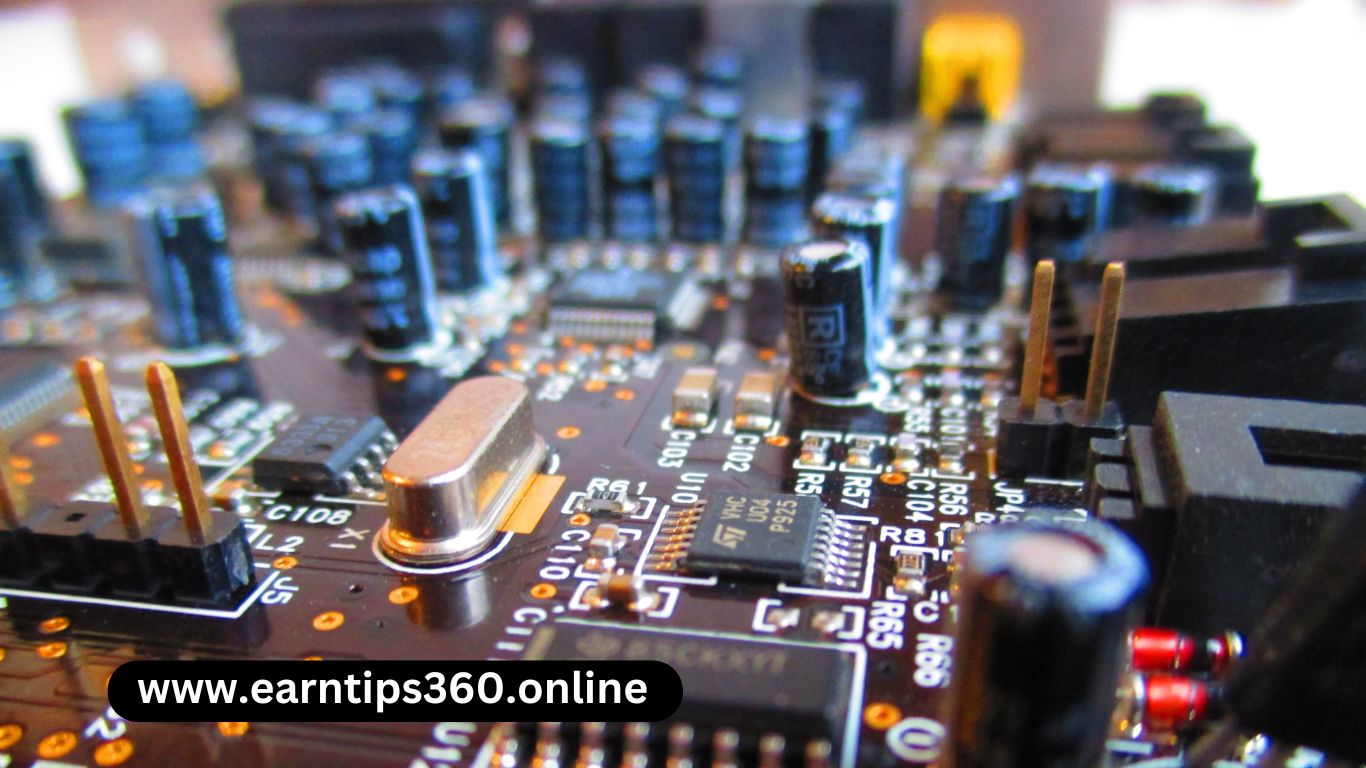Basic electronic are the fundamentals building blocks of an industry. It ranges from nano-sized computer chips to very large transformers and electrical outputs. Electronics come in different types of shapes and sizes. It deals with the development and application of many devices and systems that are in use in day -to-day application.
Introduction to Electronics
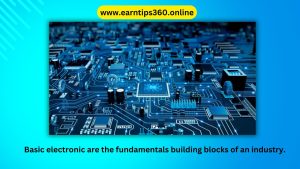
Electronics has a major effects on the development of society. In 1897 , the identification of the electron along with the subsequent invention of the vacuum tube came up. This can easily amplify and rectify small electrical signals. It inaugurated the field of electronics and the electron age. This distinction of the same started around 1906 with the invention by Lee De forest of the triode. That’s the reason that made electrical amplification of weak radio signals possible with the help of a non -mechanical device.
Solid-state electronics emerged after the frist working transistor. It was invented by William shockley, Walter Houser brattaine and Jhon Bardeen at Bell labs. The MOS transistor was a later invented at Bell labs by Mohamed Atalla and Dawon kahng . The MOSFET or MOS transistor was a compact transistor that can be miniaturised and mass -produced for wide use.
Electronics is broadly in use in information
processing, telecommunication, and processing of signals. The ability of electronic devices to act as switches makes digital information-processing happen. The term electronics thus deals with electrical circuits that have electrical components are vacuum tubes, transistor, diodes, integrated circuits, optoelectronics, and sensor. All of them associated with passive electrical components and interconnection technologies. The nonlinear behavior of electronic components to control electron flow makes amplification of weak signals possible. The construction and designs of electronic circuits to solve different types of problems come under electronics engineering.
Branches of electronics
The branches of electronics are as follows:
Digital electronics
Analogue electronics
Microelectronics
Circuit design
Integrated circuits
Power electronics
Optoelectronics
Semiconductor devices
Embedded systems
Audio electronics
Telecommunication
Microelectronics
Bio-electronics
FAQs on Electronics
In an electronic system , an electronic component is a physical entity.It is in use to affects the electrons or their associate fields in a manner consistent with the intended function of the electronic system.Electronic complainants are deliberated to be contacted together as a units.It is usually by being soldered to a printed circulate board (PCB), to create an amplifier, radio receiver, or oscillator. These electronic compunants can be packaged singly, or in more complex grouped as integrated circuits. Some of the very common electronics compunants are capacitors, inductors, resistors , diodes, transistors, ect.The electronic ccompunants are the often categorized as active and passive. The transistors and transistors are active and resistor, diodes, inductors and capacitors are passive.






